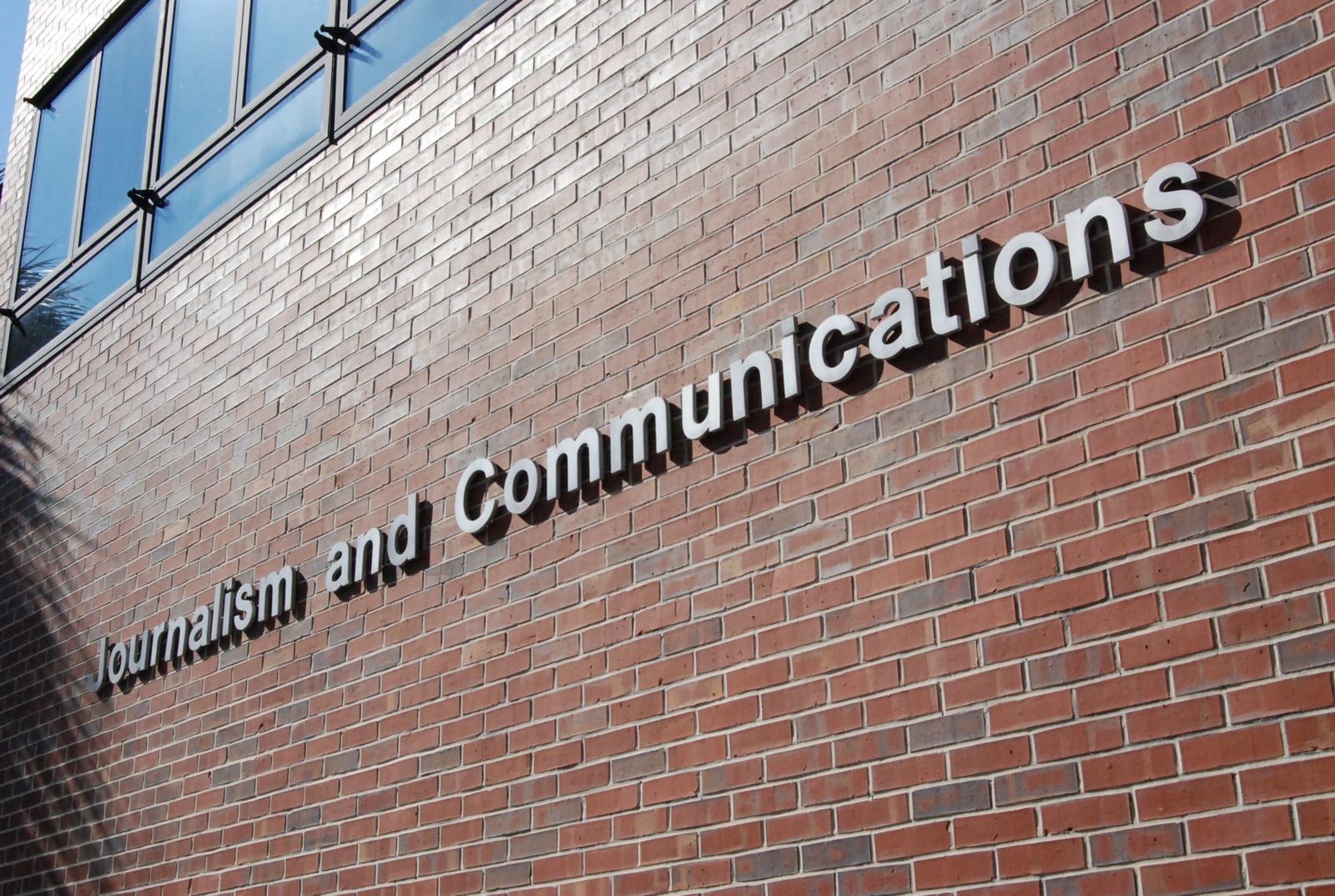Written by Bailee Mulder, account executive for PRSA Oregon.
At the University of Oregon’s School of Journalism and Communication, students may choose from among four areas of focus – advertising, journalism, media studies and public relations. They all have one thing in common: communications. But as a journalism major (focus on broadcast news) with an interest in PR, I have come to notice many similarities and differences in these two particular professions from my educational experiences.
Similarities
1. Communicate with the public
In both journalism and PR, professionals are constantly communicating with the public. They tell stories and interact with their audiences – it is what keeps the organizations running. Which leads to the next similarity…
2. Build trust
In order for professionals in the journalism and PR industries to be successful, it is essential to build credibility and trust with the audience. Journalists build trust by reporting and publishing fair and accurate content so that they are recognized as a credible organization. In addition to credibility, PR professionals build trust to inform and persuade target audiences to support an organization or product.
3. Relay information in an easily understandable way
When people read articles, listen to stories or scroll through social media, they are more likely to stay engaged if the story is clear and concise. Audiences do not have the time to think hard about what is being handed to them – big words or confusing graphics are deterrents in maintaining an audience.
4. Tell stories
Arguably, the most interesting similarity between journalism and PR is that it both tell stories. The passion a professional has for a subject drives the reason they are in the industry – it is what they enjoy doing. Finding and telling a good story is an accomplishment in many ways, both types of professionals feel vested in their work and it engages the reader or viewer, which is important to gaining and maintaining audiences.
Differences
1. Roles in a company
At a news organization, usually employees have one role – for example, reporters will report, editors will edit and so on. News organizations serve one master- the public. On the other hand, PR professionals serve many masters and can have multiple clients at one time. Although, this can vary depending on the situation, For instance, a professional at a television news station can wear many hats as an anchor, a reporter and an editor.
2. The targeted or acquired audiences
PR professionals target specific audiences in order to relay a message and build support for a brand, product or idea. On the other hand, journalism has an acquired audience – they do not need to specifically target any audiences because what they are publishing, the news, is of interest to the public.
3. The freedom of expression or creativity
Journalists often have more freedom to tell the stories they want because they are constantly looking for and pitching ideas. But in the PR world, professionals are working for a client – they need to alter ideas and stories to the brand and communicate in a way that will interest the target audience.
4. Objective vs. subjective
Perhaps the biggest difference in the two industries is that public relations is usually subjective, while journalism must always remain objective. PR is subjective because it is persuading the audience to support a client’s brand or product. However, journalism must remain objective (except on the opinion pages) because it is reporting the facts and it must be reported on whether or not the journalist agrees. Objectivity is especially true in broadcast and print journalism, although it has become more common in recent years to take a slight stance on issues.
